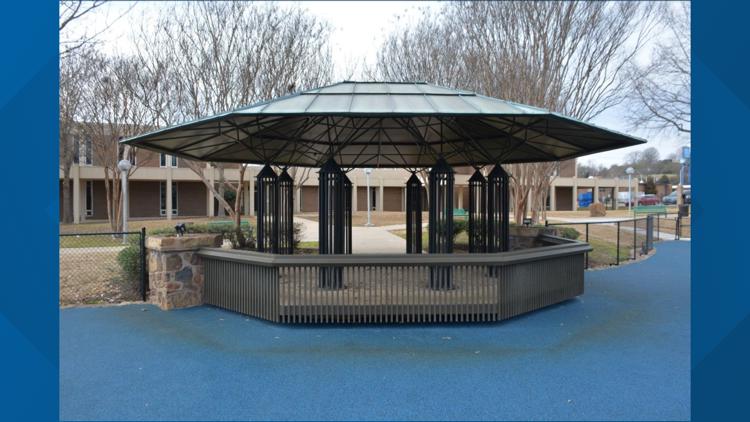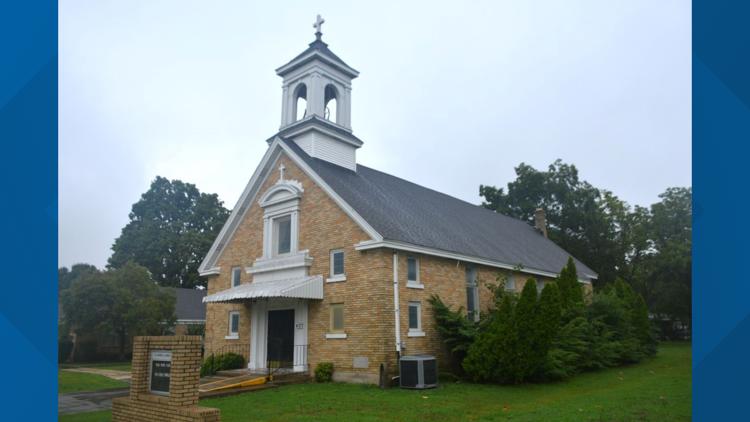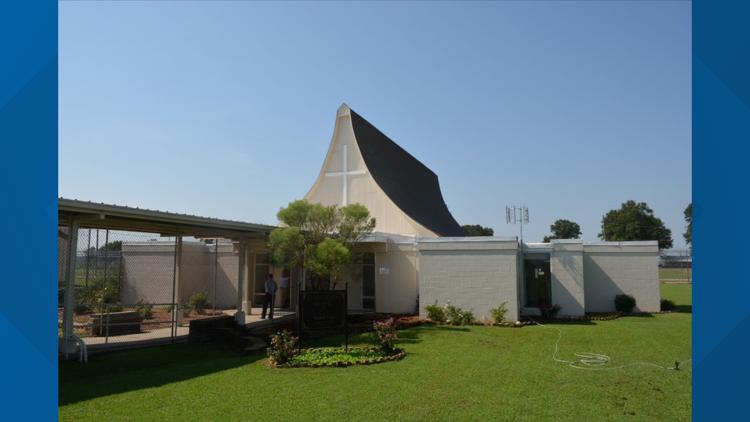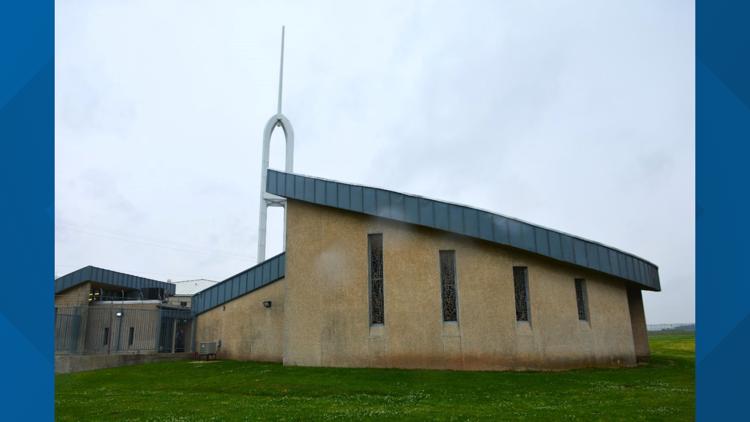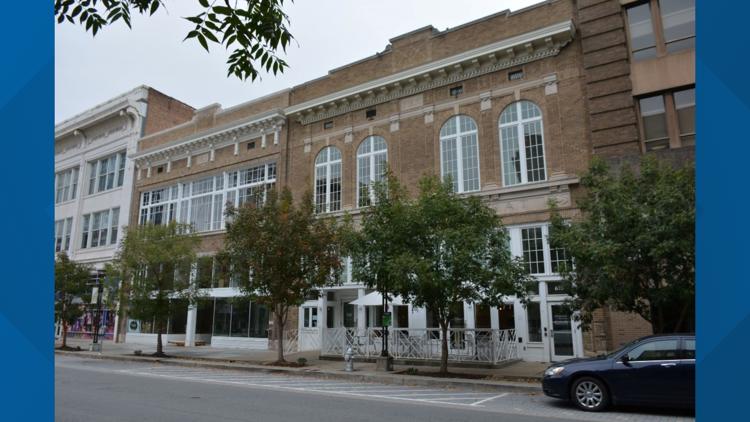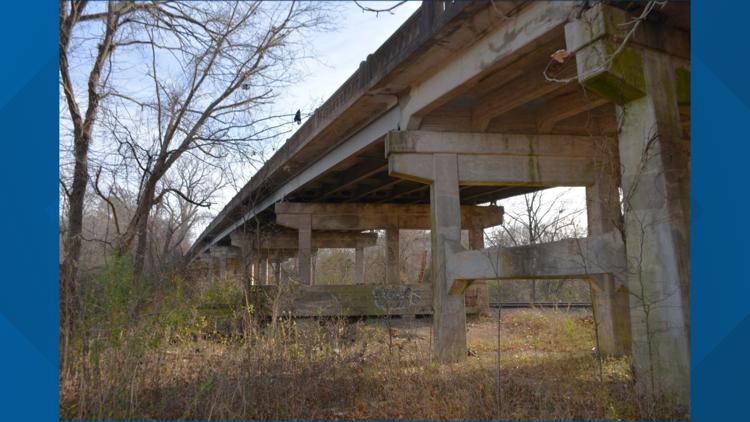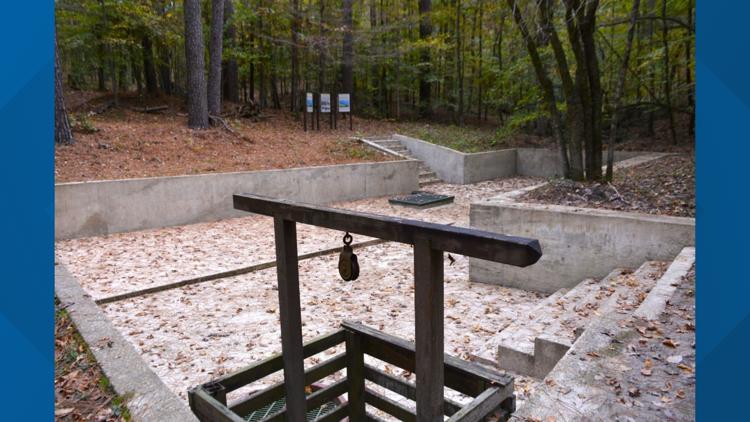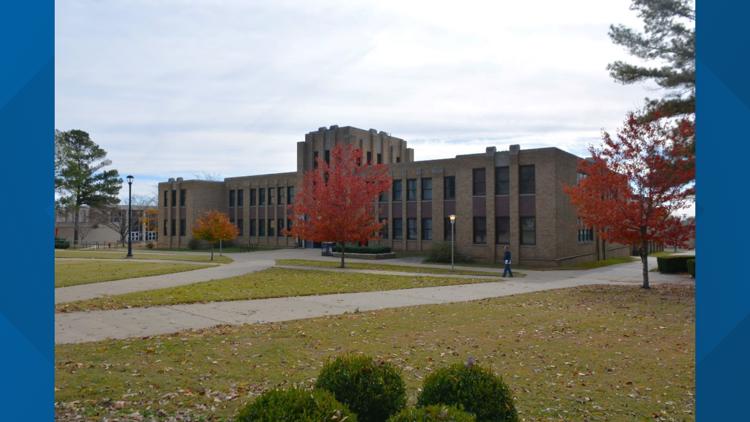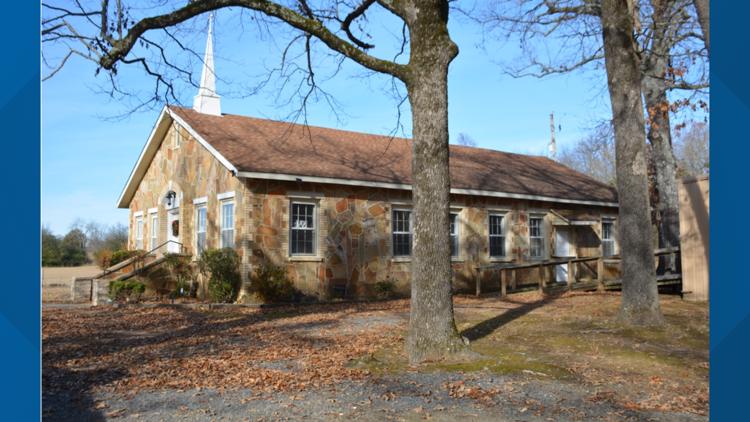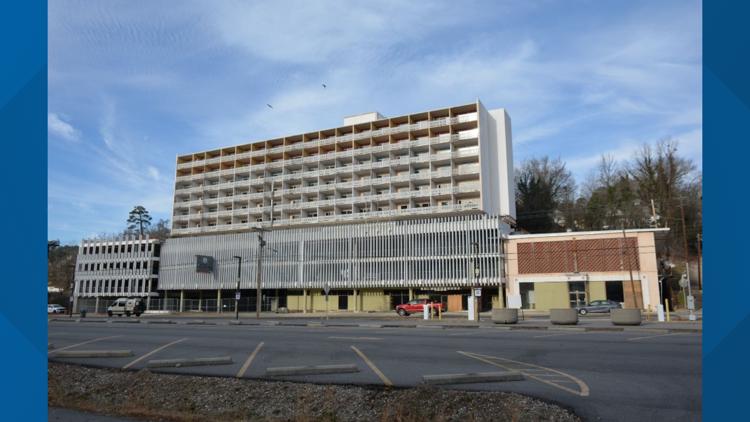LITTLE ROCK, Ark. — Eleven properties in Arkansas have recently been added to the National Register of Historic Places, the country's "official list of historic resources that are worthy of preservation".
“The National Register of Historic Places is a popular project of the Arkansas Historic Preservation Program (AHPP),” explained Arkansas Heritage Director Marty Ryall. “Properties listed on it stand out for their historical, cultural, and architectural significance.
According to Ralph Wilcox, national register and survey coordinator and deputy state historic preservation officer for the AHPP, having properties listed on the National Register is important for several reasons.
“Listing a property on the National Register documents that property’s history and its importance in the state and the local community," Wilcox said. "It helps people to learn about and understand more about the state’s history. Furthermore, if a property is listed on the National Register, it will often open up the opportunity for financial assistance, whether it is grants or state or federal tax credits.”
He added that the new properties on the list "range in age from the turn of the twentieth century to the 1970s showing that the state’s important history isn’t just nineteenth-century history or antebellum history, it’s recent history as well".
Arkansas's latest additions to the National Register of Historic Places include:
- St. Anthony’s Catholic Church Historic District (Weiner, Poinsett County)
- A Colonial-Revival-style church designed by Memphis architect Henry J. Kramer and built in 1937, and its associated rectory, school, nun’s house, pumphouse, garage, shrine, and basketball court.
- Laman Plaza Gazebo (North Little Rock, Pulaski County)
- Built in 1972 and designed by noted architect Fay Jones.
- Island of Hope Chapel (Tucker vic., Jefferson County)
- Built in 1969 and designed by architect Raymond Branton, it is an unusual and significant example of modern architecture in rural Jefferson County.
- Cummins Prison Chapel (Grady vic., Lincoln County)
- Designed by architect Raymond Branton and built c.1973-1977. The modern design of the chapel, with its rounded forms and central metal spire, was an unusual and significant example of modern architecture in Lincoln County when it was built in the 1970s.
- Capitol-Main Historic District Boundary Increase (Little Rock, Pulaski County)
- The boundary increase adds the buildings at 609 and 615 Main Street to the existing Capitol-Main Historic District. The two buildings, which have both been recently restored, were both designed by architect Charles Thompson.
- Asher Avenue Overpass (Little Rock, Pulaski County)
- Built in 1940 by the Ottinger Brothers of Oklahoma City with assistance from the Public Roads Administration, and was part of a statewide effort to provide safe crossings of railroad lines across the state.
- Magnesia Springs Campground (Magnolia vic., Columbia County)
- A site at Logoly State Park containing remnants of the Duke Hotel, Bathing Basin, and other features that are associated with an early-twentieth-century religious campground.
- Wharton Creek Roadside Park (Wharton vic., Madison County)
- Built in c.1965-1966, it is one of several park projects in Arkansas that were built by the Green Thumb program. Green Thumb was a program that employed impoverished senior citizens in order to combat poverty.
- Arkansas State College Historic District (Jonesboro, Craighead County)
- The district forms the historic core of the Arkansas State University Campus and is significant for its contribution to the progress of higher education in northeast Arkansas. It’s also important for its International Style and Art Deco style architecture, which was built from the 1920s through the 1960s.
- Centerville United Methodist Church (Greenbrier vic., Faulkner County)
- Built in 1917 and then altered with a stone veneer c.1940. The building is a significant representation of the influence of the work of the WPA during the 1930s on local stone construction during the 1940s.
- Velda Rose Tower Motor Hotel (Hot Springs, Garland County)
- Built in 1964, it represents a significant example of an international-style hotel in Hot Springs and illustrates how the tourist facilities in Hot Springs continued to modernize to be able to continue to attract tourists and visitors throughout the twentieth century.
Arkansas additions to National Register of Historic Places
To learn more about the National Register of Historic Places please click here.



